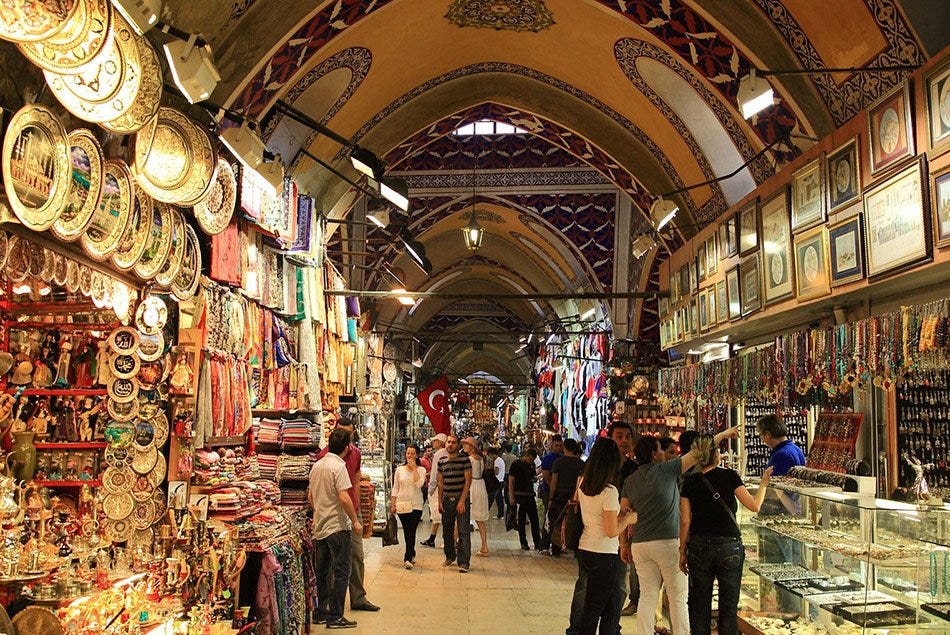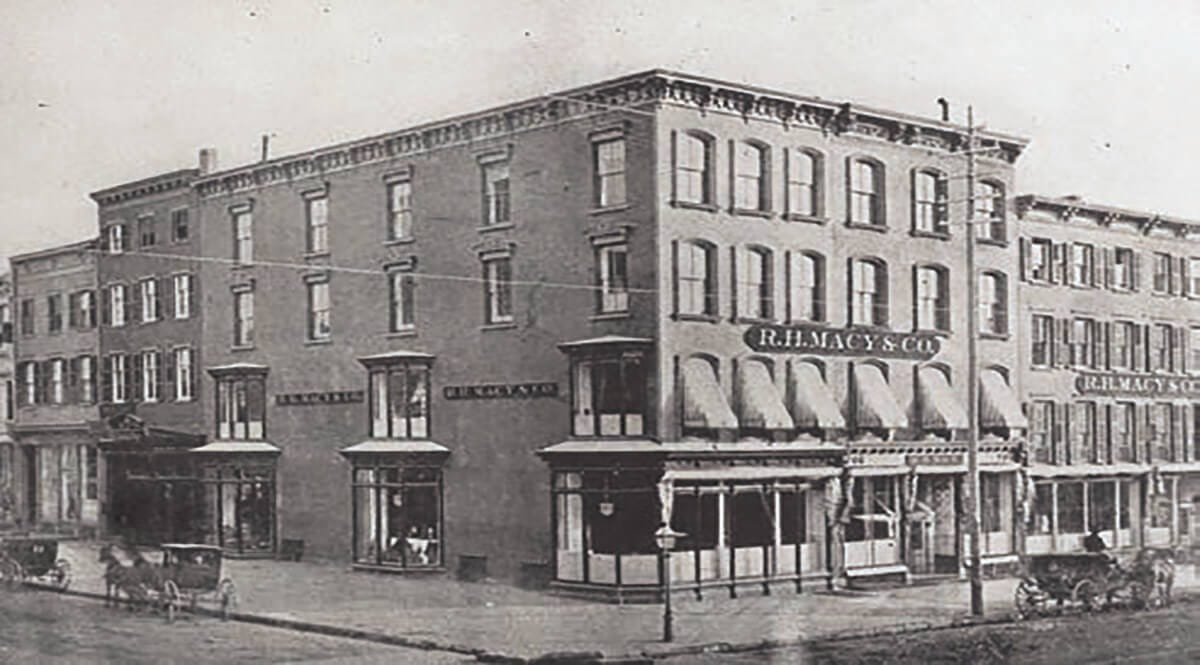Retail Sector is Constantly Evolving

Keep Abreast of Market Trends and Your Clients’ Tastes or They’ll Shop Elsewhere.
Markets evolve quickly. Businesses can be likened to sharks in that they must be constantly propelling forward to prevent from sinking. Whether you maintain a comfortable market share or are chasing a competitor, awareness of your strategic market and client’s preferences is paramount.
Since prehistoric times, when cavewomen wanted shinier rocks and softer animal skins than their neighbor caveperson, early humans learned the skill of bartering. As we learned advanced agricultural techniques bartering became more sophisticated and increasingly challenging. I imagine it was difficult to trade twenty bales of hay with a palette of eggs without some fatigue. As these scenarios progressed and carrying excessive goods is made impractical, we started using coins or their paper equivalent.

Hanna-Barbara were both underrated Economists
Soon, our tastes evolve and desire for travelling across unfriendly terrains for products wanes. This gives rise to the very earliest forms of the retail experience.
Curious etymological aside: from Old French retail “piece cut off, shred, scrap, paring” (Modern French retaille), from retaillier. The notion of the English word is “a selling by the piece.” This sense is not in French, however, and comes perhaps from cognate Italian ritaglio, which does have that sense.
As early as 3000 BC bazaars originated in the Middle East alongside ancient caravan trade routes typically situated near ruling palaces, citadels, or mosques. This afforded traders some protection and the vicinity palaces and cities generated substantial markets for goods and services. Bazaars located along these trade routes, formed networks, linking major cities with each other and in which goods, culture, people, and information could be exchanged.
Our favorite Greek historian, Herodotus, tells us that in Egypt, roles were reversed compared with other cultures and Egyptian women frequented the market and carried on trade, while the men remain at home weaving cloth.

As early as 550 BCE souks, open-air marketplaces, were held outside cities at locations where incoming caravans stopped and merchants displayed their goods for sale. Souks were established at sites where caravans of merchants arrived and remained for rest and refreshments (I promise to soon write an article on the origin of the restaurant…). Souks often extended beyond trade to include major festivals involving a variety of cultural and social activities. Think of today’s County Fair. These souks or bazaars formed networks, linking major cities with each other in which goods, culture, people, and ideas were exchanged.
From around the 10th century, bazaars and marketplaces were gradually transitioned from town perimeters and integrated within the city limits. Typical bazaars were now covered areas offering protection from the elements becoming larger and more elaborate as their popularity gained momentum. Since 1455, The Grand Bazaar in Istanbul is often cited as the world’s oldest continuously-operating enclosed market.

General Stores were established in the 18th and 19th centuries in remote, rural areas where mobility was limited, and a single shop was sufficient to service the entire community. These stores often carried a wide array of products with geographic distinction varying on the tastes and preferences of the local community. Mom and Pops soon accounted for the lion’s share of the American’s retail experience. This was the start of Main Street, USA.

Rowland Hussey Macy was a Nantucket whaler who left the island in the mid-1800s to find fortune on the mainland. Beyond whaling, Macy seemed to have a knack for retail as his Pop ran a storefront adjacent to where Murray’s Toggery Shop still stands today on Main Street. In 1858 Mr. Macy moved to New York City and established a new store named “R.H Macy Dry Goods” at Sixth Avenue on the corner of 14th Street, significantly north of other dry goods stores of the time. On the company’s first day of business, on October 28, 1858, sales totaled $11.08. R.H. Macy & Co. soon becomes the world’s first department store and its red star logo; inspired by a tattoo Mr. Macy got while he was off whaling, becomes iconic throughout the continent. Macy’s fate was to be always tied to the sea as he later was a passenger aboard the Titanic.
The automobile gives rise to the suburban shopping mall as population growth expands beyond metropolitan centers after the World Wars. These palaces of shopping helped create community in the deserts of suburbia. Innovations in travel, shipping and communications quickly accelerate the evolution of the retail experience. With varied options via brick-and-mortar or through e-commerce contemporary shopping is at a unique crossroads. Shoppers today are not merely seeking variety of product and price efficiency. There is also that amorphous pursuit of experience. Blockbuster was never able to answer that inquiry. Nor was Kodak. One-time giants within their market sectors failed to see the change in conditions.
Cherish your client and their constantly evolving shopper’s experience or sit back and enjoy your market share — and perish.



